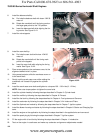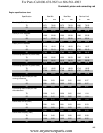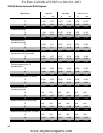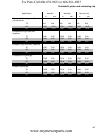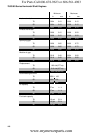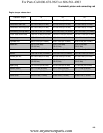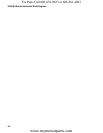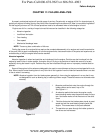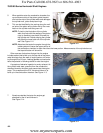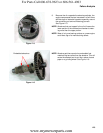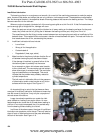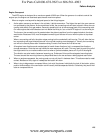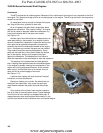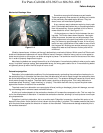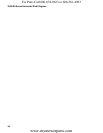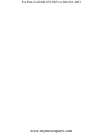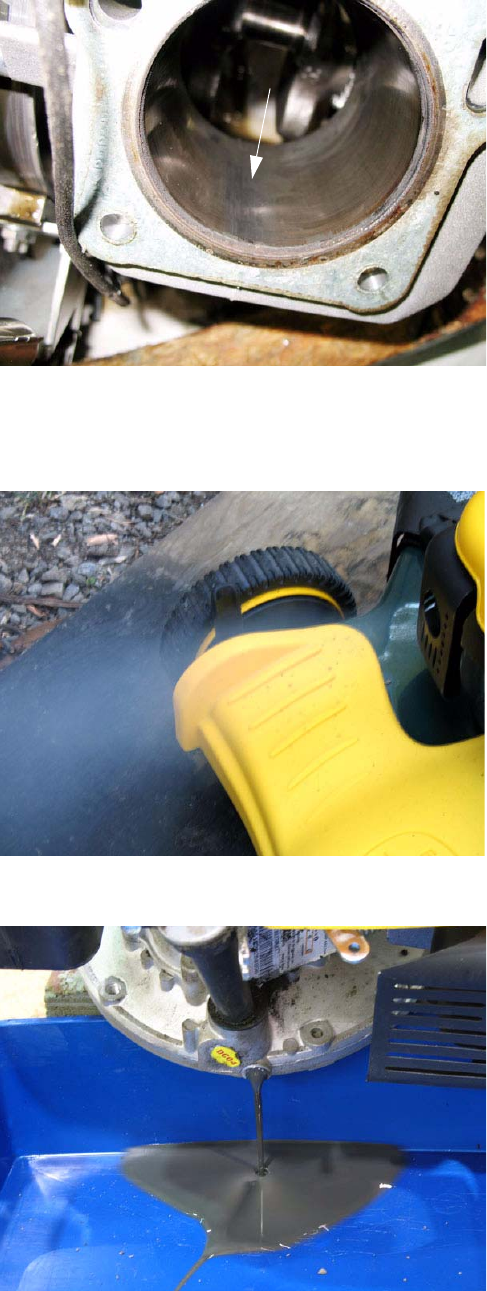
78/83/90 Series Horizontal Shaft Engines
122
5. When particles enter the combustion chamber, the
up and down motion of the piston grinds the parti
-
cles into the side of the cylinder walls and damages
the cylinder wall, piston and piston rings
6. This can be identified by the scoring along the verti-
cal axis of the piston and cylinder wall or the cross
hatch on the cylinder wall being worn off.
NOTE: To help in the lubrication of the cylinder
walls, and help with the seating of the piston
rings, a diamond cross hatch is honed into
the cylinder wall. Debris entering the cylinder
will polish the cross hatch off of the cylinder
wall.
See Figure 11.2.
NOTE: Abrasives that enter the engine through the
intake system will cause the upper portion of
the combustion chamber to wear more than the lower portion. Measurements of the cylinder bore at
the top and bottom will show this.
Other sources of abrasives that get into the engine
includes carbon that builds up on the top side of the piston,
metal shavings from the wear of engine parts or dirt enter-
ing through the oil fill port. Leaking gaskets and seals also
have the potential of allowing debris to enter the engine.
A symptom of abrasive ingestion is smoky exhaust. As
the cylinder walls wear, pressure from the combustion
chamber blows by the piston and pressurizes the engine
sump. This overpowers the PCV valve and allows oil to
build up in the combustion chamber. See Figure 11.3.
7. Abrasive materials that enter the engine get
absorbed by the oil and thickens it.
See Figure 11.4.
Figure 11.2
Cross hatch polished off
Figure 11.3
Figure 11.4
For Parts Call 606-678-9623 or 606-561-4983
www.mymowerparts.com



